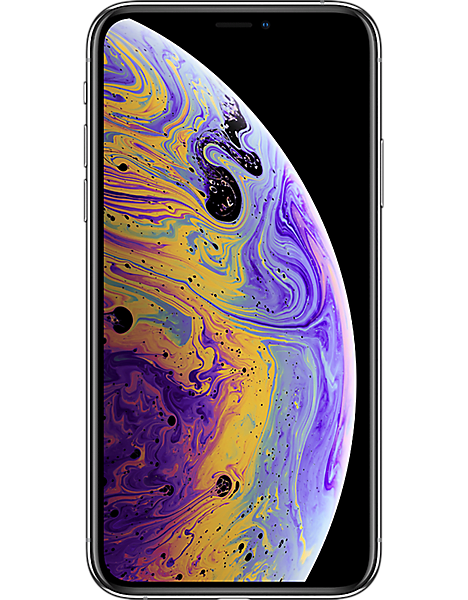
The iPhone XS launched in October 2018. Inheriting the stunning new look of the iPhone X, along with its fantastic 5.8” OLED screen, but updating it with a better camera and more storage. While it launched alongside the iPhone XR, the cheaper phone’s screen made the flagship a worthy upgrade – if you could afford the £250 premium.
Apple discontinued the iPhone XS only a year after it launched, so there aren’t that many around by iPhone standards. Is it still worth hunting one down? Find out in our iPhone XS review.
Pros
- Brilliant design
- Good performance
- Lovely screen
Cons
- Three generations old
- Basic camera
Quick links:
iPhone XS – overview
Apple launched the iPhone XS in September 2018 alongside the plus-sized iPhone XS Max. The two flagships were joined a month later by the mainstream iPhone XR, but its cheaper price came at the cost of the lovely OLED display fitted to the iPhone XS. The whole range used Apple’s A12 Bionic processor, which still beats all many of today’s phones.
The iPhone XS is slightly smaller than the iPhone 13, but it’s now three generations behind. The latest iPhone has an even better screen, a much stronger processor, and huge camera upgrades. Perhaps more significantly, even the youngest examples of the iPhone XS date back to September 2019. But you could get three second-hand iPhone XS for what it costs to buy a new iPhone 13. So, should you buy a reconditioned iPhone XS or save your pennies for something newer? Find out in our iPhone XS review.

iPhone XS – design
Not to put too fine a point on it, the iPhone XS is gorgeous. Physically identical to the iconic iPhone X, it combines a middling 5.8” screen with tiny bezels. The result is a compact phone that fits comfortably in your hand. In fact, the iPhone XS is slightly smaller than any newer iPhone, apart from the iPhone SE (2020), iPhone 12 mini or iPhone 13 mini. That’s great for people who prefer easier one-handed use and a pocket-friendly size. For anyone else, there’s the larger iPhone XS Max.
The only notable design improvement between the iPhone X and iPhone XS is that Apple uprated the iPhone XS’ phone’s water resistance to 30 minutes at two metres – double the depth. There were much bigger changes for the iPhone 11 Pro, which replaced the iPhone XS in September 2019 – most significantly, the newer phone got a massively improved camera.

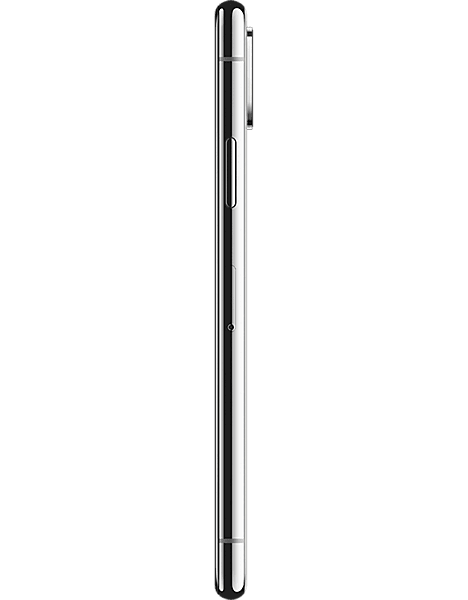
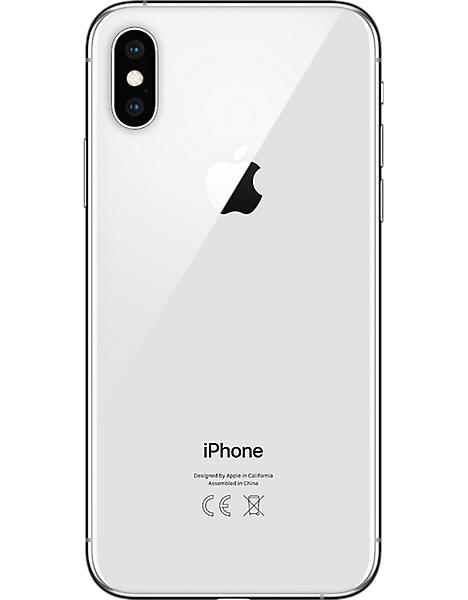
iPhone XS – display

While the iPhone XR makes do with a 6.1” LCD, the iPhone XS inherited the lush 5.8” OLED screen from the iPhone X. Although it’s fractionally smaller, the newer technology gives the iPhone XS a brighter screen, with stronger colours and greater contrast.
This phone also has much higher resolution than the iPhone XR – or the standard iPhone 11 which came after. Its 2,436×1,125 screen contains 2.7 million pixels – a density of 458 pixels per inch (ppi). The iPhone 11 has 1.5 million pixels and only 326ppi.
Overall the result is a brilliantly crisp screen that offers a massive and worthwhile improvement over even the best LCD alternatives. It’s reason enough to upgrade over the iPhone XR, but doesn’t compare quite so well to some Android competitors. You can find phones with a higher resolution, but the iPhone’s chief drawback is the huge notch that houses Apple’s TrueDepth front camera. In full-screen video or gaming it’s quite intrusive.
iPhone XS – camera and video performance
It’s worth understanding that the iPhone camera has undergone several major upgrades since the iPhone XS – it was massively improved for the iPhone 11 Pro, and the iPhone 13 Pro has taken a similarly big step forward. All the same, the iPhone XS has a decent 12-megapixel (MP), dual-camera setup offering wide and ultra-wide lenses.
The slimline system has a smaller bulge and is much less ugly than the huge three-lens systems found on all Pro-level iPhones since, but its advantages end there. With smaller lenses, smaller sensors and smaller pixels, it collects less light than the newer systems – photos in dim conditions are noticeably more grainy. This phone goes without Night Mode, found from the iPhone 11 onwards, which would otherwise help improve results in the darkest conditions.
The front camera is also some way behind newer phones. Limited to 7MP, it can’t quite manage 4K video. Apple made significant improvements for the iPhone 11, uprating it to 12MP, and adding both 4K and slow-motion.
The iPhone XS introduced Smart HDR, which combines multiple photos to improve the dynamic range of shots – useful for capturing a portrait when you’re shooting into bright sunlight, for example. Early users pointed out that portraits looked like they’d been smoothed. The issue, which came to be known as ‘Beautygate’, was fixed in iOS 12.1, a month after the phone launched.
This isn’t a bad camera for everyday use, with its twin lenses adding flexibility and making it easier to fill the frame with your subject. It shoots smooth video, offering 60 frames per second all the way up to 4k resolution, while optical image stabilisation helps keep photos sharp and videos shake-free. It’s comfortably good enough for nights out, family gatherings and the occasional landscape, but its low light performance in particular is seriously behind newer phones. If photo and video quality are important to you, we’d recommend a newer phone.
iPhone XS – performance
Geekbench 5 results
CPU single-core scores:
- iPhone 13 Pro – Score= 1,746
- iPhone 11 – Score = 1,334
- iPhone XS – Score = 1,115
CPU multi-core scores:
- iPhone 13 Pro – Score= 4,899
- iPhone 11 – Score = 3,442
- iPhone XS – Score = 2,501
3DMark Wild Life Extreme results
Best scores:
- iPhone 13 Pro – Score= 3,118
- iPhone 11 – Score = 2,141
- iPhone XS – Score = 1,523
Worst scores (20-minute loop):
- iPhone 13 Pro – Score= 2,235
- iPhone 11 – Score = 1,442
- iPhone XS – Score = 925
Like the cheaper iPhone XR, the iPhone XS uses the A12 Bionic chip. It’s three generations old now, and beginning to show it, particularly when it comes to 3D work. The iPhone XS scored 1,523 in the 3DMark Wild Life Extreme benchmark, about half what you’d get from the iPhone 13. That said, only the fastest Android phones can do better, and many everyday ones are still far behind.
When it comes to sheer processing power, only newer iPhones are comfortably ahead of the iPhone XS – even three years after its launch. It scored 1,115 in Geekbench 5’s Single-core test, and managed a Compute score of 5,341 – about 2-4 times faster than a Google Pixel 5. While the iPhone XS is far from the latest thing, it’s still quick enough to deal with most modern games and apps – and faster than many Android phones.
As with all iPhones, there’s a catch. Run an intensive app and the phone heats up quickly. With no cooling fan, the only way for it to prevent overheating is to slow the processor down. After 20 minutes on the Wild Life Extreme benchmark, the iPhone XS’ score had dropped to 925 – a fall of nearly 40%. That means you won’t get sustained high framerates in very demanding games, but this phone still cruises through most everyday challenges.
iPhone XS – battery performance
If the iPhone XS has a weakness, it’s probably its battery life. At launch, Apple said it could play video for up to 14 hours – but the cheaper iPhone XR could go for another two. In our tests, iPhones usually come up 10-15% short of Apple’s claims, but the iPhone XS was further adrift. It looped an HD video for 10 and a half hours – likely to be plenty, but more than four hours short of what we timed for the iPhone 11.
It’s worth pointing out that our hard-living example reported having only 84% of its original battery capacity. In theory, a less well-used phone might last another 90 minutes or so in our test. Either way, the iPhone XS has plenty of power for a normal day – even after a couple of years’ use. You can charge it up quickly, too – using a 20W charger it reached 80% in under an hour.
Battery life (movie playback)*
- iPhone 13 Pro – Time = 19hr 2mins
- iPhone 11 – Time = 14hrs 45mins
- iPhone XS – Time = 10hrs 34mins
Charge Time (0-80%)
- iPhone 13 Pro – Time = 53mins
- iPhone 11 – Time = 55mins
- iPhone XS – Time = 58mins
*Battery life test involves looping the playback of an HD movie from fully charged until the phone shuts down.
iPhone XS – options and additional features
Apple offered the iPhone XS in only three colours: gold, silver and Space Grey. There was a choice of 64GB, 256GB and – for the first time on an iPhone – 512GB of storage. Typically, there were no other options or features, but you can customise any iPhone with a huge range of Apple and third-party accessories.
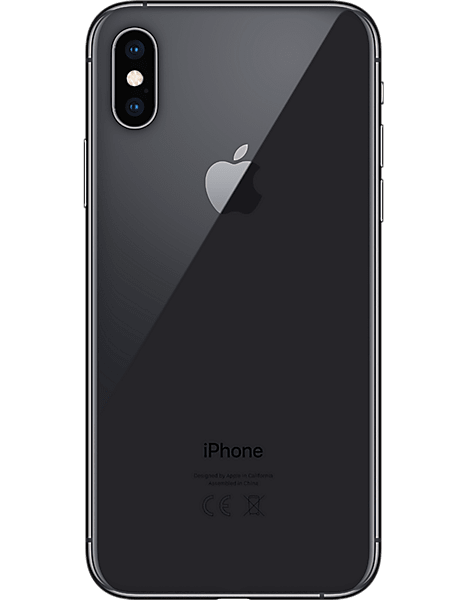

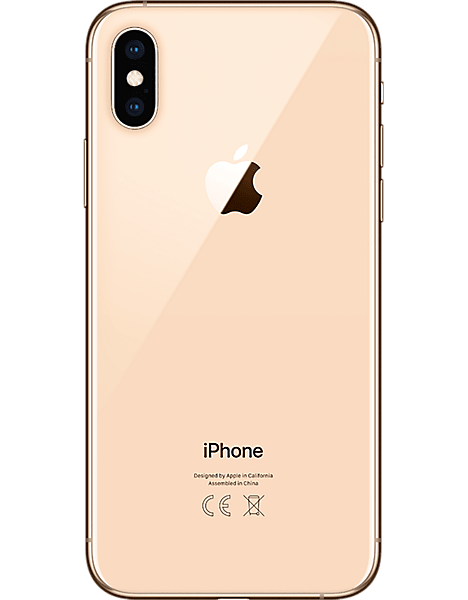
iPhone XS – build quality and things to look out for
The iPhone XS is beautifully designed and made – even the oldest examples tend to look and feel like new phones. Not everyone was sure at launch, however. Aside from Beautygate, some users couldn’t charge unless their phone was unlocked (Chargegate). Many also had problems with WiFi and Bluetooth performance. Fortunately, the phone’s connectivity and charging issues were solved with iOS 12.0.1, and Beautygate was fixed with iOS 12.1
An up-to-date iPhone XS should work perfectly. As with all iPhones, we’d recommend keeping it in a case and using a screen protector to prevent scratches and smashed glass if you drop it.
iPhone XS – verdict
This is a lovely phone, but it’s beginning to show its age. If you’re after a high-end iPhone for video, photography or top gaming features, the iPhone XS no longer cuts it – think seriously about saving up to buy a new iPhone 13 Pro.
For everyone else, the iPhone XS is a bit more tempting. It’s beautiful, with a great screen and a processor that keeps pace with much newer competition. Only its camera is seriously behind the curve – even mainstream new phones are much more impressive in low light conditions. If your phone budget is less than £250 you could choose between today’s humdrum Android phones, or yesterday’s classic iPhone. So long as we didn’t need the best camera, we’d be tempted to buy a refurbished iPhone XS.
